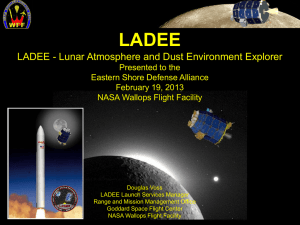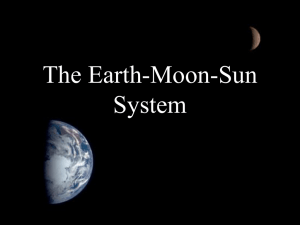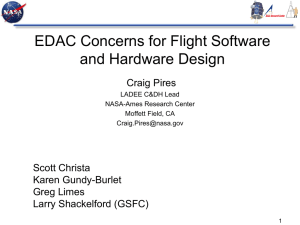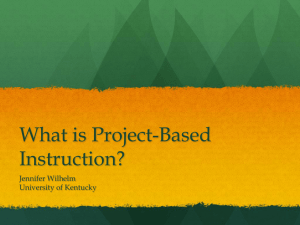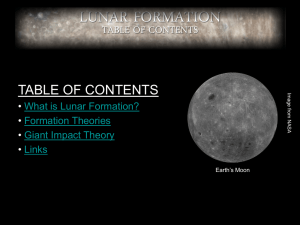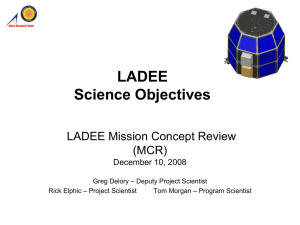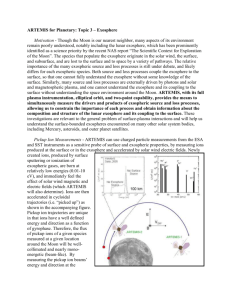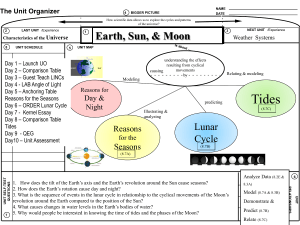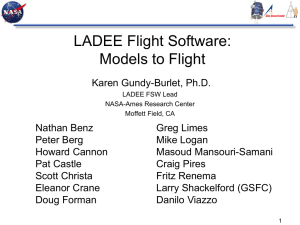ARTEMIS_LADEE_rev1
advertisement
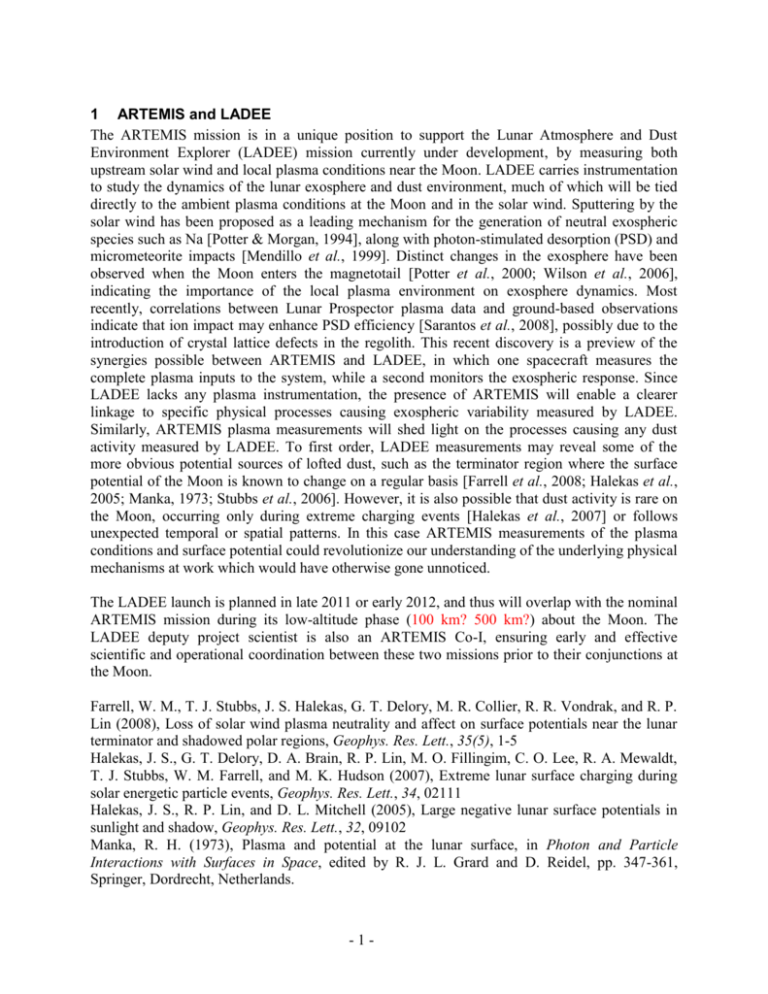
1 ARTEMIS and LADEE The ARTEMIS mission is in a unique position to support the Lunar Atmosphere and Dust Environment Explorer (LADEE) mission currently under development, by measuring both upstream solar wind and local plasma conditions near the Moon. LADEE carries instrumentation to study the dynamics of the lunar exosphere and dust environment, much of which will be tied directly to the ambient plasma conditions at the Moon and in the solar wind. Sputtering by the solar wind has been proposed as a leading mechanism for the generation of neutral exospheric species such as Na [Potter & Morgan, 1994], along with photon-stimulated desorption (PSD) and micrometeorite impacts [Mendillo et al., 1999]. Distinct changes in the exosphere have been observed when the Moon enters the magnetotail [Potter et al., 2000; Wilson et al., 2006], indicating the importance of the local plasma environment on exosphere dynamics. Most recently, correlations between Lunar Prospector plasma data and ground-based observations indicate that ion impact may enhance PSD efficiency [Sarantos et al., 2008], possibly due to the introduction of crystal lattice defects in the regolith. This recent discovery is a preview of the synergies possible between ARTEMIS and LADEE, in which one spacecraft measures the complete plasma inputs to the system, while a second monitors the exospheric response. Since LADEE lacks any plasma instrumentation, the presence of ARTEMIS will enable a clearer linkage to specific physical processes causing exospheric variability measured by LADEE. Similarly, ARTEMIS plasma measurements will shed light on the processes causing any dust activity measured by LADEE. To first order, LADEE measurements may reveal some of the more obvious potential sources of lofted dust, such as the terminator region where the surface potential of the Moon is known to change on a regular basis [Farrell et al., 2008; Halekas et al., 2005; Manka, 1973; Stubbs et al., 2006]. However, it is also possible that dust activity is rare on the Moon, occurring only during extreme charging events [Halekas et al., 2007] or follows unexpected temporal or spatial patterns. In this case ARTEMIS measurements of the plasma conditions and surface potential could revolutionize our understanding of the underlying physical mechanisms at work which would have otherwise gone unnoticed. The LADEE launch is planned in late 2011 or early 2012, and thus will overlap with the nominal ARTEMIS mission during its low-altitude phase (100 km? 500 km?) about the Moon. The LADEE deputy project scientist is also an ARTEMIS Co-I, ensuring early and effective scientific and operational coordination between these two missions prior to their conjunctions at the Moon. Farrell, W. M., T. J. Stubbs, J. S. Halekas, G. T. Delory, M. R. Collier, R. R. Vondrak, and R. P. Lin (2008), Loss of solar wind plasma neutrality and affect on surface potentials near the lunar terminator and shadowed polar regions, Geophys. Res. Lett., 35(5), 1-5 Halekas, J. S., G. T. Delory, D. A. Brain, R. P. Lin, M. O. Fillingim, C. O. Lee, R. A. Mewaldt, T. J. Stubbs, W. M. Farrell, and M. K. Hudson (2007), Extreme lunar surface charging during solar energetic particle events, Geophys. Res. Lett., 34, 02111 Halekas, J. S., R. P. Lin, and D. L. Mitchell (2005), Large negative lunar surface potentials in sunlight and shadow, Geophys. Res. Lett., 32, 09102 Manka, R. H. (1973), Plasma and potential at the lunar surface, in Photon and Particle Interactions with Surfaces in Space, edited by R. J. L. Grard and D. Reidel, pp. 347-361, Springer, Dordrecht, Netherlands. -1- Mendillo, M., J. Baumgardner, and J. Wilson (1999), Observational Test for the Solar Wind Sputtering Origin of the Moon's Extended Sodium Atmosphere, Icarus, 137(1), 13-23 Potter, A. E., R. M. Killen, and T. H. Morgan (2000), Variation of lunar sodium during passage of the Moon through the Earth's magnetotail, J. Geophys. Res., 105, 15073-15084 Potter, A. E., and T. H. Morgan (1994), Variation of Lunar Sodium Emission Intensity with Phase Angle, Geophys. Res. Lett., 21 Sarantos, M., R. M. Killen, A. S. Sharma, and J. A. Slavin (2008), Influence of plasma ions on source rates for the lunar exosphere during passage through the Earth's magnetosphere, Geophys. Res. Lett., 35 Stubbs, T. J., R. R. Vondrak, and W. M. Farrell (2006), A dynamic fountain model for lunar dust, Adv. Space Res., 37(1), 59-66 Wilson, J. K., M. Mendillo, and H. E. Spence (2006), Magnetospheric influence on the Moon's exosphere, J. Geophys. Res., 111 -2-
